Environmental monitoring is a key activity that helps us to understand the state and trends of the natural environment by collecting and analyzing various environmental data. These data are essential for protecting our planet, maintaining ecological balance and improving the quality of human life.
What is environmental monitoring?
The core objective of environmental monitoring is to comply with the laws and regulations of the region where it is located and effectively manage and reduce the impact of human activities on the environment. As population growth places higher demands on industrial development and energy consumption, enhancing the accuracy and efficiency of monitoring technologies has become particularly crucial.
Environmental monitoring is a process of detecting and analyzing environmental elements through professional tools, aiming to obtain reliable data and provide a scientific basis for risk assessment and environmental impact reporting.
For instance, enterprises can quantify their carbon emissions, waste generation and recycling methods through environmental monitoring systems, thereby assessing their true impact on the environment and making continuous optimizations.
Why is environmental monitoring so important?
Protecting ecosystems
Environmental monitoring can help us understand the health of ecosystems and changes in biodiversity. By monitoring environmental indicators, we can detect ecological problems in time and take corresponding protective measures to ensure the stability and diversity of ecosystems.
Maintaining human health
Environmental monitoring can detect harmful substances and pollutants in the environment such as air, water and soil. Timely detection and treatment of pollution problems can prevent and reduce the impact of environmental pollution on human health.
Safeguarding drinking water
By monitoring water quality and the condition of water sources, we can ensure that drinking water is safe and hygienic, and prevent water sources from being polluted or overexploited.
Responding to climate change
Environmental monitoring can track climate indicators and environmental changes, helping scientists and governments to understand the trends and impacts of climate change, and to formulate policies and measures to address climate change.
Supporting environmental management decisions
Environmental monitoring provides scientific environmental data and information to support environmental management decisions. The government, enterprises and the public can formulate appropriate environmental protection and improvement measures based on the monitoring data.
Promoting sustainable development
By monitoring environmental quality and natural resource utilization, we can achieve rational utilization of resources and sustainable development, avoiding over-exploitation and environmental damage.
Early warning of natural disasters
Environmental monitoring can be used to monitor the precursors of natural disasters, such as earthquakes and floods, to provide early warning information and reduce disaster losses.
Global cooperation and data sharing
Environmental monitoring involves environmental issues on a global scale, and there is a need for cooperation and data sharing among countries to address global environmental challenges.

Application areas for environmental monitoring
There are many different types of environmental monitoring, each designed to measure specific environmental parameters. Some common types of environmental monitoring include:
- Water resources management: monitoring water quality, water quantity and water level, guaranteeing rational utilization and management of water resources.
- Atmospheric environment monitoring: detecting air quality, warning air pollution and improving urban air quality.
- Soil monitoring: monitoring soil pollution, protecting farmland and ecological environment.
- Noise and radioactivity monitoring.
Environmental monitoring of water
It varies depending on the specific application. However, some common parameters include:
- Physical parameters: these include temperature, pH, turbidity, conductivity and color.
- Chemical parameters: these include dissolved oxygen, nutrients, metals and organic contaminants.
- Biological parameters: these include bacteria, algae and other microorganisms.
The following are some of the specific parameters that are frequently monitored in ambient water monitoring:
pH
pH is an indicator of the acidity or alkalinity of a body of water(A10 Aquarium ORP pH Controller can monitor), with values ranging from 0 to 14. A pH value of 7 means that the water is neutral, a pH value of less than 7 means that it is acidic, and a pH value of more than 7 means that it is alkaline.
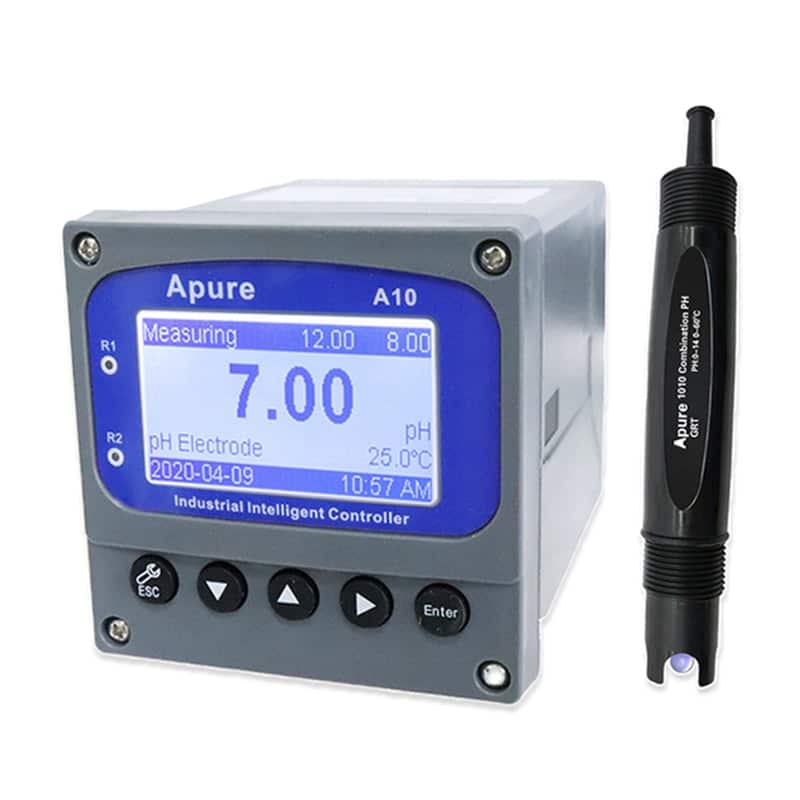
Temperature
Temperature is an important parameter because it affects the solubility of gases in water. For example, dissolved oxygen levels decrease as temperature increases. It is measured using thermometers or temperature sensors, commonly glass thermometers, digital thermometers, and infrared thermometers.
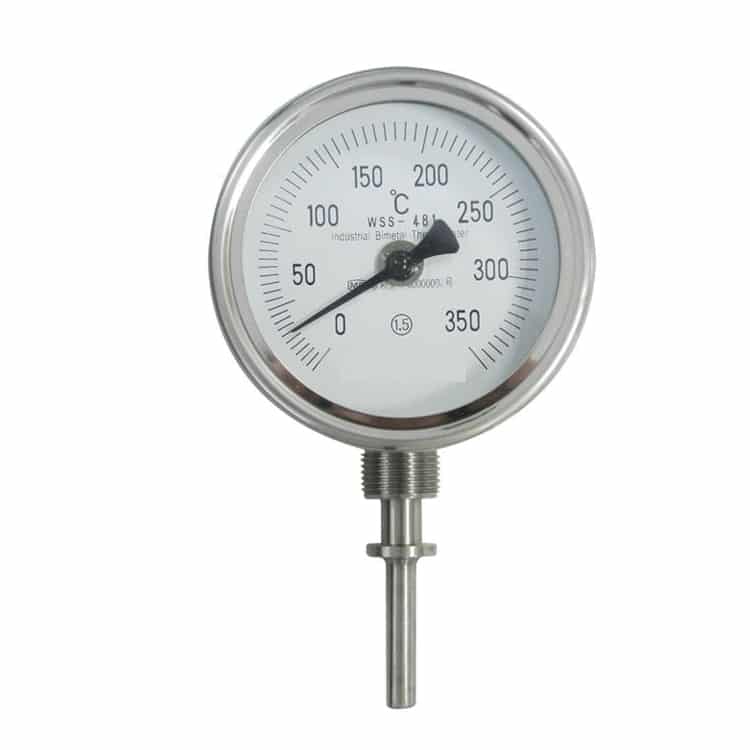
Turbidity
Turbidity is a measure of the cloudiness of water. It is caused by suspended particles in the water such as dirt, clay and algae. Turbidity can be measured using a turbidity meter. The TS-620 Turbidimeter Online Turbidity Meter is capable of measuring the concentration and size of suspended particles in water.
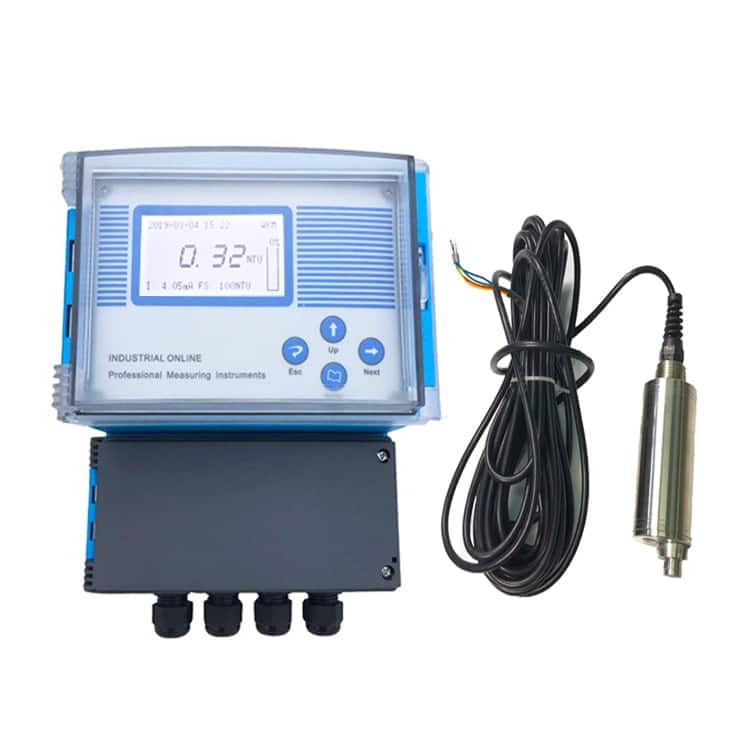
Conductivity
Conductivity is a measure of the ability of water to conduct electricity. It is caused by ions dissolved in the water, such as sodium, chloride and calcium. Measured with a conductivity meter or conductivity meter, they measure the ability of water to conduct electricity, which gives the concentration of ions in the water. The A20 EC Water Conductivity Tester is an excellent choice.
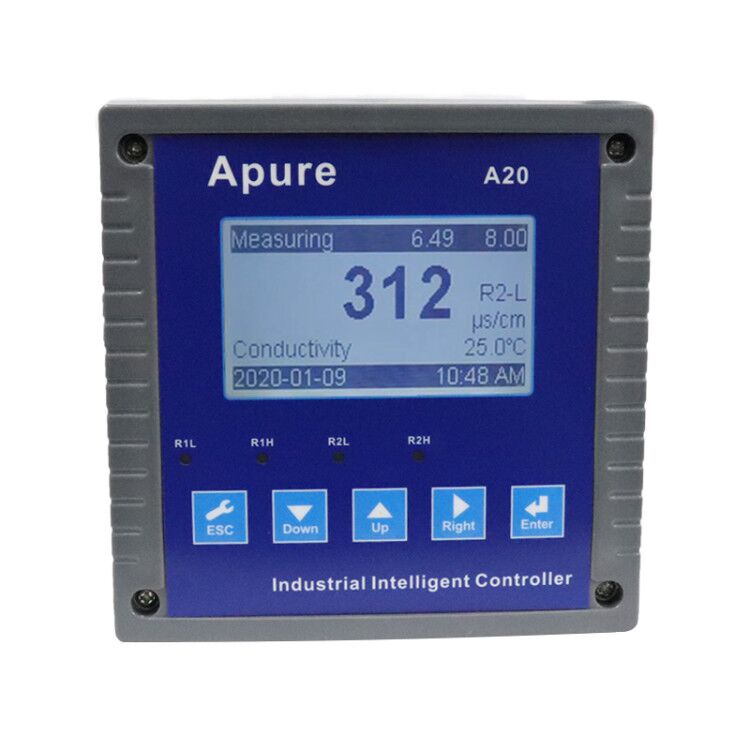
Color
Color is a subjective measure of the appearance of water. It can be caused by dissolved organic matter (e.g., tannins) or minerals (e.g., iron). It is measured using a colorimeter or spectrophotometer, which determines the shade of color of a water sample by comparing its color to a standard color.
Dissolved Oxygen
Dissolved oxygen is the amount of oxygen dissolved in water. It is critical to the survival of fish and other aquatic organisms. It is measured using a Dissolved Oxygen Meter or Dissolved Oxygen Sensor, which measure the amount of dissolved oxygen in the water.

Nutrients
Nutrients are substances that are essential for plant growth. They include nitrogen, phosphorus and potassium. Excessive levels of nutrients can lead to algal blooms, which can reduce water quality. They are measured using chemical analysis instruments, for example nitrogen and phosphorus can be measured by analyzing the chemical composition of a water sample.
Metals
Metals are naturally occurring elements found in water. Some metals, such as lead and mercury, are toxic to humans and other animals. Measured using an atomic absorption spectrometer or an inductively coupled plasma emission spectrometer, they can accurately measure the amount of metallic elements in water.
Organic pollutants
Organic pollutants are compounds made up of carbon. They can be released into water from a variety of sources, such as industrial wastewater, agricultural runoff, and sewage. Measured using gas chromatography mass spectrometry or high performance liquid chromatography, these instruments are capable of analyzing organic substances in water samples.
| Parameter | Unit | Range |
| Dissolved oxygen (DO) | mg/L | 5.0 – 9.0 |
| pH | – | 6.5 – 8.5 |
| Temperature | °C | 0 – 35 |
| Turbidity | NTU | 0 – 5 |
| Conductivity | µS/cm | 200 – 1000 |
| Total suspended solids (TSS) | mg/L | 10 – 100 |
| Nitrate-nitrogen (NO3-N) | mg/L | 0.1 – 10 |
| Nitrite-nitrogen (NO2-N) | mg/L | 0.001 – 0.01 |
| Phosphate-phosphorus (PO4-P) | mg/L | 0.001 – 0.01 |
Secondly, water quantity and level is also one of the environmental monitoring. By monitoring the water level and flow of rivers, lakes and reservoirs, the availability of water resources can be grasped in real time, providing data support for water resource management and scheduling.
Below are some common methods of monitoring water volume and level:
Water flow meter
A water flow meter is a device used to measure water flow, and common water flow meters include vortex flow meters, electromagnetic flow meters, and ultrasonic flow meters. They calculate the water flow rate by measuring the flow rate and cross-sectional area of the pipe section through which the water flows. The Apure TUF Clamp On Ultrasonic Flow Meter is suitable for permanent flow applications.

Water level meter
Water level meters are used to measure the height of the water level of a body of water, so as to deduce the volume of the body of water and the amount of water. Common types of water level gauges are pressure sensors, float type water level gauges, etc.
Hydrological methods
Hydrological methods calculate the volume of water in a water body by collecting hydrological data such as rainfall, evaporation, and seepage.
Flow stations
A flow station is a type of observatory set up in water bodies such as rivers and lakes to monitor data such as water flow and water level.
Environmental monitoring of air
Particulate Matter (PM)
PM is a mixture of solid particles and liquid droplets suspended in the air. It can be hazardous to human health and may also contribute to climate change.
Ozone (O3)
Ozone is a gas formed when pollutants react in sunlight. It can be hazardous to human health and may damage plants and materials. The AO3 Detector Dissolved Ozone Meter monitors ozone parameters.
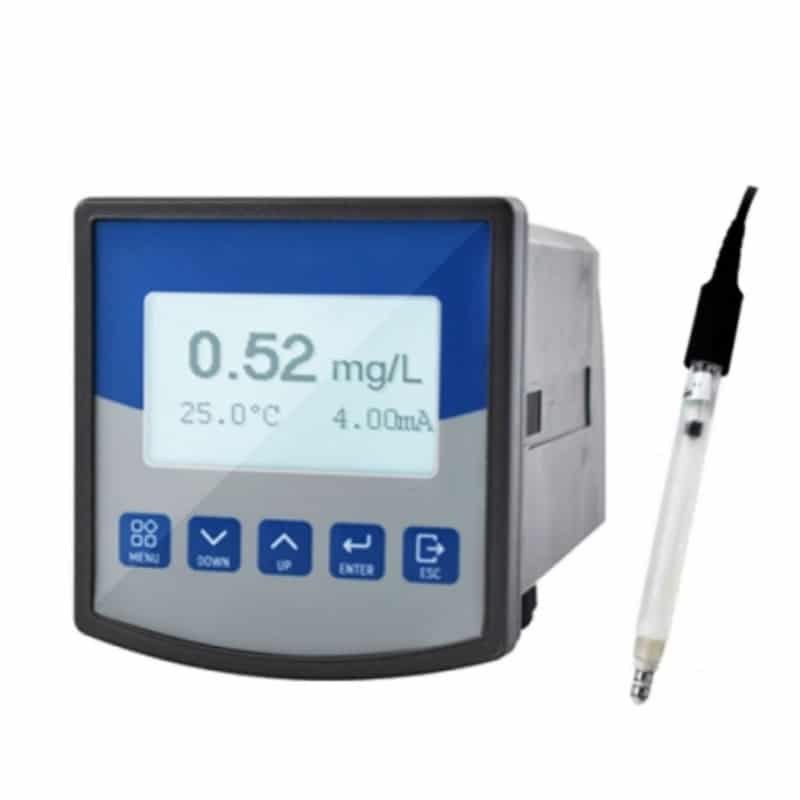
Sulfur Dioxide (SO2)
SO2 is a gas formed when sulfur-containing fuels are burned. It can be hazardous to human health and can cause acid rain.
Nitrogen Dioxide (NO2)
NO2 is a gas formed when nitrogenous fuels are burned. It can be harmful to human health and can cause smog.
Volatile Organic Compounds (VOC)
VOCs are a group of compounds that evaporate easily. They can be harmful to human health and may contribute to smog.
Carbon Monoxide (CO)
CO is a gas produced when fuels are burned incompletely. It may be harmful to human health and may cause traffic congestion.
Radon Gas
Radon gas is a radioactive gas that exists underground. It may be hazardous to human health and may cause lung cancer.
| Parameter | Symbol | NAAQS (annual average) | NAAQS (24-hour average) |
| Particulate matter (PM2.5) | µg/m3 | 12 | 35 |
| Ozone (O3) | ppm | 0.075 | 0.08 |
| Sulfur dioxide (SO2) | ppm | 0.03 | 0.14 |
| Nitrogen dioxide (NO2) | ppm | 0.053 | 0.010 |
| Volatile organic compounds (VOCs) | ppm | 0.12 | 0.5 |
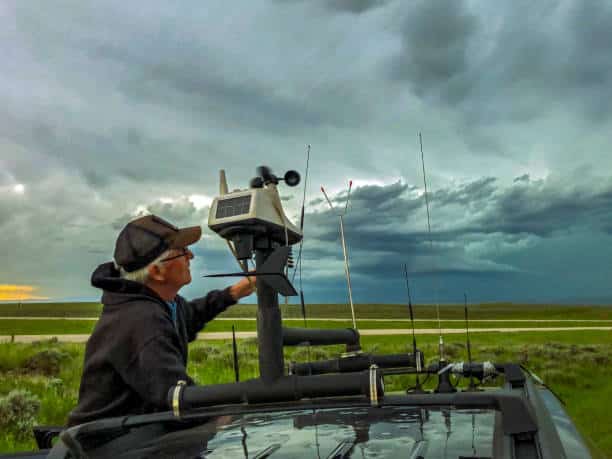
Environmental monitoring of soils
It varies depending on the specific application. However, some common parameters include:
- Physical parameters: these include texture, structure, pH and moisture content.
- Chemical parameters: these include organic matter content, nutrient content and metal content.
- Biological parameters: these include microbial activity, earthworm abundance and plant diversity.
The following are some of the specific parameters that are frequently monitored in environmental soil monitoring:
Texture
Texture refers to the size and shape of soil particles. It is an important parameter as it affects the drainage, aeration and water holding capacity of the soil.
Structure
Structure is the arrangement of soil particles, which affects soil stability and the movement of water and air through the soil.
Water content
Moisture content is the amount of water present in the soil, which affects plant growth and the movement of nutrients through the soil.
Organic matter content
Organic matter content is the amount of organic matter present in the soil. It is an important parameter as it affects the fertility of the soil and the ability of the soil to retain water.
Nutrient content
Nutrients are substances essential for plant growth. They include nitrogen, phosphorus and potassium. Nutrient content is an important parameter as it affects the productivity of the soil.
Metal content
Metals are naturally occurring elements in the soil. Some metals, such as lead and mercury, are toxic to humans and other animals. Metal content is an important parameter because it affects the safety of soil for human use.
Biological parameters
Biological parameters such as microbial activity and earthworm abundance are important indicators of soil health. They can also be used to assess the potential for human health risks.
| Parameter | Unit | Range |
| pH | – | 5.5 – 8.5 |
| Electrical conductivity (EC) | dS/m | 0.1 – 2.0 |
| Organic matter content (OM) | % | 1 – 10 |
| Total nitrogen (TN) | % | 0.1 – 1 |
| Available phosphorus (AP) | mg/kg | 5 – 20 |
| Available potassium (K) | mg/kg | 100 – 300 |
| Heavy metals | mg/kg | Varies by metal |
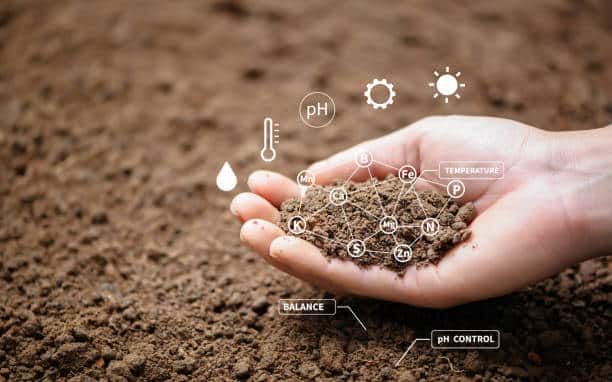
Environmental monitoring of noise
It varies depending on the specific application. However, some common parameters include:
Sound pressure level (SPL)
SPL is a measure of the loudness of a sound and is measured in decibels (dB). It is measured in decibels (dB); the lower the SPL, the quieter the sound; the higher the SPL, the louder the sound.
Spectrum
The spectrum of a sound is a measure of the distribution of energy at different frequencies. It is measured in Hertz (Hz). The lower the frequency, the lower the pitch of the sound. The higher the frequency, the higher the pitch of the sound.
Time-varying characteristics
The time-varying characteristic of sound is a measure of how the sound level changes over time. This is important for assessing the effects of noise on human health, as some types of noise can be more harmful than others.
Source location
The location of the noise source is important for identifying the source and taking steps to reduce it.
| Parameter | Unit | Range |
| Sound pressure level (SPL) | dB | 20 – 140 |
| Frequency | Hz | 20 – 20,000 |
| Time-varying characteristics | – | Varies by application |
| Source location | – | Varies by application |

Environmental monitoring for radioactivity
Radiological monitoring is the process of measuring and recording levels of radioactivity in the environment. It is used to assess the potential for exposure to radiation and to enforce radiation safety regulations.
Some common parameters include:
Alpha radiation
Alpha radiation is the type of radiation emitted by certain radioactive elements. It is the least penetrating type of radiation, but may be harmful if ingested or inhaled. Soil.
Beta radiation
Beta radiation is a type of radiation emitted by certain radioactive elements. It is more penetrating than alpha radiation, but still not very penetrating. It is usually found in the air, especially near nuclear power plants or other radioactive sources. Water. Soil. Food.
Gamma radiation
Gamma radiation is a type of radiation emitted by certain radioactive elements. It is the most penetrating type of radiation and may cause injury if exposed to the skin or internal organs. It is usually found near nuclear power plants or other radioactive sources. Water. Soil. Food.
Radon
Radon is a naturally occurring radioactive gas. It is the second leading cause of lung cancer after smoking. It is found in the air, especially in areas with high concentrations of uranium in the soil. It is also found in water, especially groundwater. Soil. In food, especially food grown in areas with high concentrations of uranium in the soil.
| Parameter | Unit | Range |
| Alpha radiation | Bq/m3 | 0–10 |
| Beta radiation | Bq/m3 | 0–100 |
| Gamma radiation | Bq/m3 | 0–1000 |
| Radon | Bq/m3 | 10–100 |

Environmental monitoring methods
Air monitoring, water monitoring and soil monitoring
Air monitoring, water monitoring and soil monitoring can be done by manual sampling, continuous monitoring and remote sensing.
- Manual sampling is the most common method of environmental monitoring. It involves the collection of air, water or soil samples which are then analyzed in a laboratory.
- Continuous monitoring involves the use of sensors to continuously measure the concentration of pollutants in air, water or soil.
- Remote sensing involves the use of satellites or airplanes to measure the concentration of pollutants in air, water or soil.
Remote sensing
In environmental monitoring, remote sensing is used to measure the concentration of pollutants in air, water or soil. This is done by using sensors to measure the amount of radiation reflected or emitted by the object or area being monitored. The type of sensor used depends on the particular pollutant being measured. Remote sensing can be used to track air pollution levels and identify areas with high levels of pollution, to track water quality levels and identify areas that are suffering from water pollution, and to understand the impact of human activities on the environment and to plan future land use.
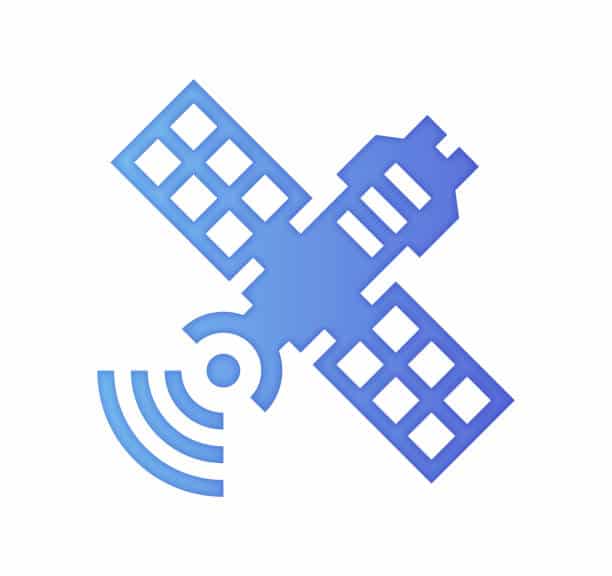
| Method | Advantages | Disadvantages |
| Manual sampling | Inexpensive, can measure a wide range of parameters | Time-consuming, labor-intensive, only provides a snapshot of conditions |
| Continuous monitoring | Provides a more detailed and up-to-date picture of conditions | More expensive to set up and maintain, may not be suitable for all applications |
| Remote sensing | Least invasive, can be used to monitor large areas | Less accurate than manual sampling or continuous monitoring, may not be suitable for all applications |
Noise monitoring and radiation monitoring
Noise monitoring and radiological detection differ from the previous environmental monitoring approaches, as follows.
Noise monitoring can be conducted using a variety of methods, including:
- Sound Level Meters: sound level meters are devices that measure SPL. They are the most common tool used for noise monitoring.
- Spectrometers: Spectrometers measure the spectrum of sound. They are used to identify the different components of noise and to assess their impact on human health.
- Data loggers: Data loggers are devices that record the sound pressure level and frequency spectrum of sound over a period of time. They are used to track changes in noise levels over time and to identify noise sources.
Radiation monitoring can be done using a variety of methods, including:
- Gamma meters: Gamma meters are devices that measure gamma radiation levels. They are the most commonly used tool for radiation monitoring.
- Betameters: Betameters measure beta radiation levels. They are used to measure the level of radioactivity on surfaces.
- Ionization chambers: Ionization chambers measure the total amount of radiation. They are used to measure radioactivity levels in air and water.
- Personal Dosimeters: Personal dosimeters are devices that measure the radiation exposure levels of personnel. Personnel wear them to track their radiation exposure.
What kind of difficulties are encountered in environmental monitoring?
- Complexity and diversity: The environment is a complex and diverse system involving many factors and variables. The monitoring process needs to take into account the characteristics of different regions, ecosystems and sources of pollution, and can therefore be complex and time-consuming.
- Data acquisition and processing: Environmental monitoring requires a large amount of data, including many types of data such as physical, chemical, biological and meteorological. Data acquisition, transmission and processing may be difficult, especially in remote areas or under harsh environmental conditions.
- Technical and equipment requirements: Environmental monitoring requires the use of a range of high-precision monitoring equipment and techniques, which can be expensive and require specialized technicians to operate and maintain.
- Data reliability and accuracy: The quality of environmental monitoring data is critical to environmental management and decision-making. Ensuring data reliability and accuracy is a challenge that requires strict quality control and standardization.
- Data sharing and cooperation: Environmental monitoring involves multiple countries and regions, and data sharing and cooperation is a challenge. There may be differences in monitoring standards and methods in different countries and regions, and there is a need to strengthen international cooperation and data sharing.
- Budget and resource constraints: Environmental monitoring requires a large investment of human, material and financial resources. Some regions and countries may face budgetary and resource constraints, leading to limitations in monitoring.
- Monitoring cycle and frequency: For long-term environmental monitoring projects, the monitoring cycle and frequency need to take into account the changes of different seasons and climatic conditions, which may require long-term monitoring and data accumulation.
- Public participation and awareness: Public participation and awareness of environmental monitoring is also an important factor. Increasing public environmental awareness and participation can contribute to the effectiveness and efficiency of environmental monitoring.
Summary
Environmental monitoring is an important means to protect the Earth and maintain ecological balance, which helps us understand the state and changes of the environment and guides environmental management and policy decisions. In the future, we will continue to strengthen the application of environmental monitoring technology, and jointly protect the earth’s homeland.
Apure – your partner for environmental monitoring! We provide high quality instruments for water quality analysis, flow meters, level measurement, pressure measurement, temperature measurement, ozone generators. We are committed to helping you achieve accurate and reliable environmental monitoring. With over 16 years of instrumentation experience, we are the leading instrument manufacturer in China, providing one-stop service to our global customers. Whether you are in water resource management, climate change research or ecological monitoring, Apure’s products and services will be your best choice, please feel free to contact us.
